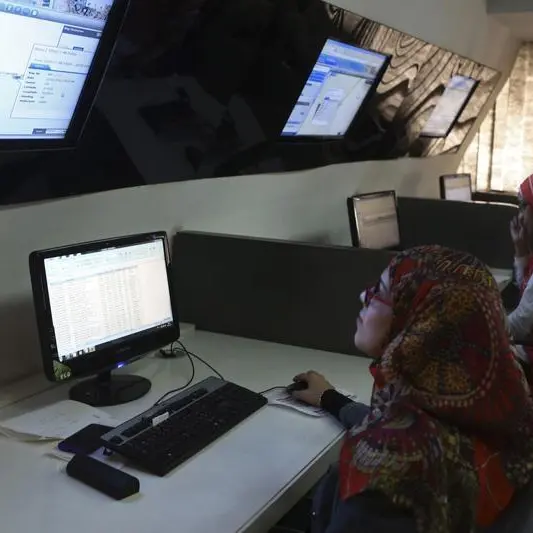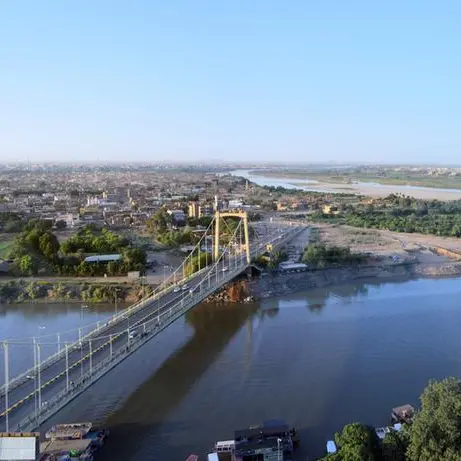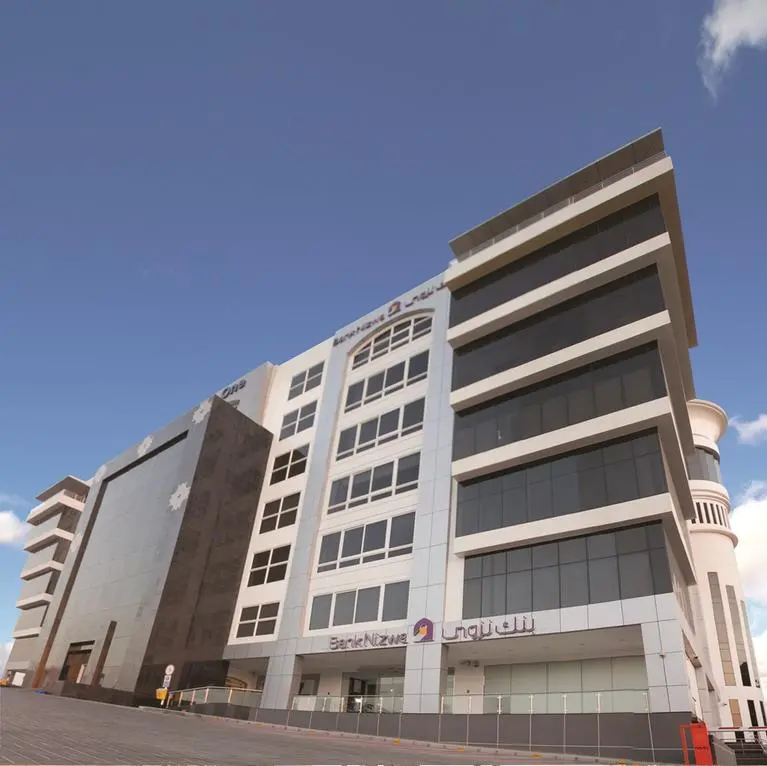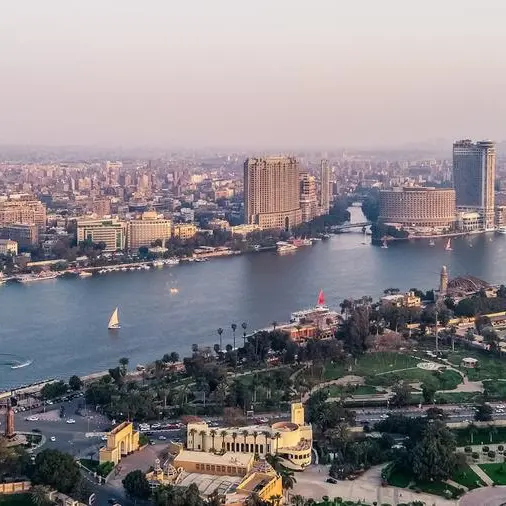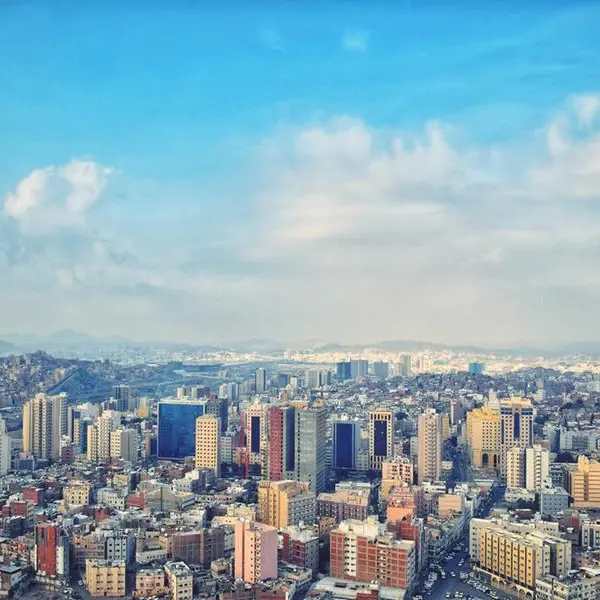Development of physical infrastructure i.e. better roads, ports, highways, airports and other elements of infrastructure like power, water resources and human capital are important factors which define economic prosperity. It is a universally recognized fact that countries’ cannot move into the league of developed nations unless they invest in all the elements of the infrastructure components.
The key factor in the modern economic world is linkage or connectivity. So the key word is connectivity; connectivity within the country and with neighbors. It increases the flow of goods, information and people across regions. Regional connectivity and progress are related to each other as vision of shared development. This is the perspective behind the development of China-Pakistan Economic Corridor (CPEC).
Gwadar port, which is the apex of the CPEC project, is strategically located in Arabian Sea and occupies a key position between South Asia, Central Asia, and the Middle East and lies close to the Strait of Hormuz — which is known as a gateway for supply of around twenty percent of the world’s oil.
The corridor aims to transform the region and act as a catalyst for economic change by integrating south, central and western Asia. Afghanistan, a landlocked country, can be a major beneficiary of this project. Pakistan has pledged to construct 265 km long Peshawar to Kabul motorway in order to link Afghanistan with CPEC.
This connection will integrate Afghanistan with other regions and also allow it to start commercial activities through Indian Ocean. The CPEC also provides opportunity to the landlocked Central Asian Republics (CARs) countries to diversify their energy channels.
Pakistan and Saudi Arabia are making common efforts to develop their economies and increase their trade volume. The “Vision 2030” of the Crown Prince Muhammad Bin Salman, deputy premier and minister of defense, is a package of social and economic policies that are designed to free the Kingdom from dependence on oil exports and to build a prosperous and sustainable economic future by focusing on country's strength and policies. While Pakistan is also following an ambitious development plan “Pakistan Vision 2025” to stand amongst top economies by then.
An important aspect of the Saudi Vision 2030 is diversification of its economy, increase its non-oil revenue by gradually shifting its economic base from oil. The diversification plan needs new markets and trade routes. CPEC offers a host of opportunities of trade with the Central Asia, East Asia and Far East.
CPEC will considerably decrease the current sea routes from the Middle East and Africa to East Asia, meanwhile the cost will be significantly reduced. Today, the oil being imported by Beijing from Gulf countries reaches China after covering the distance of 16,000 km. After the completion of Gwadar port project, the distance will be reduced to approx. 3000 km only, which is safer, efficient, and feasible. In the same way the imports from China to Middle East would consume less time and will be at lower cost.
The CPEC routes will not only provide means for the carrying of goods and other materials but also for the transfer of knowledge and new innovations. People to people contact would rise. Inter-cultural communication would result in an increased commerce, technological growth and cooperation. This interdependence would give space to prosperity, peace and tranquillity.
It can be concluded that Vision 2030 and CPEC are not only a lynchpin for regional connectivity but would enhance economic activity and will be beneficial for the prosperity of the people of the whole region. — The writer is Press Counselor in Pakistan Consulate, Jeddah.
Vision 2030 and CPEC heralding regional prosperity
Gwadar port is strategically located in Arabian Sea and occupies a key position between South Asia, Central Asia, and the Middle East and lies close to the Strait of Hormuz
March 23, 2019
© Copyright 2019 The Saudi Gazette. All Rights Reserved. Provided by SyndiGate Media Inc. (Syndigate.info).
Disclaimer: The content of this article is syndicated or provided to this website from an external third party provider. We are not responsible for, and do not control, such external websites, entities, applications or media publishers. The body of the text is provided on an “as is” and “as available” basis and has not been edited in any way. Neither we nor our affiliates guarantee the accuracy of or endorse the views or opinions expressed in this article. Read our full disclaimer policy here.
